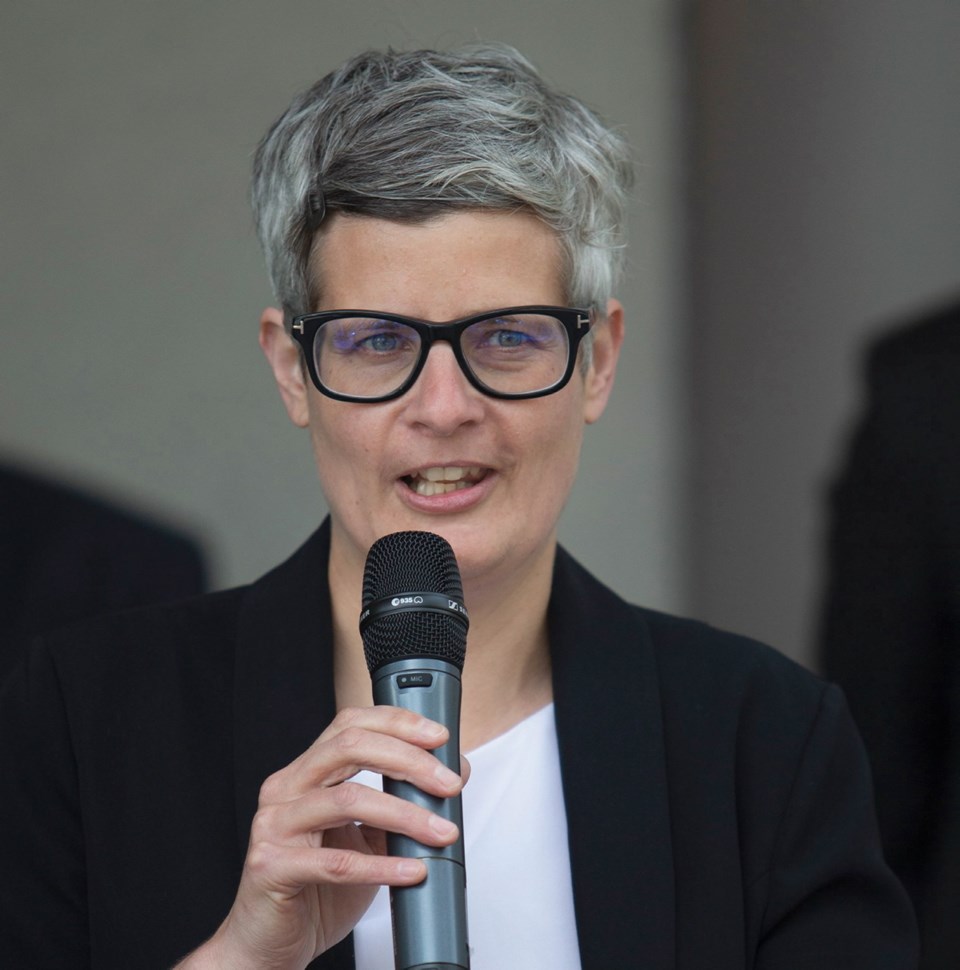Affordable housing is one of the biggest challenges in Victoria. We hear regularly from the business community that attracting workers is a challenge because of the housing shortage. We hear from people living in units that are being redeveloped, worried about not being able to find another place within their price range. And we know people on income assistance get only $375 per month for housing.
An even greater challenge is defining what affordable means. The word is tossed around by citizens, the development community and council as if we’re all speaking a common language. Until we clearly define affordable housing, and agree on how many units we need and at what rent we need them to address the problem, we’ll be aiming in the dark.
In order to find our way out of the dark, two important shifts in thinking are required. First, we must stop thinking of affordability only as housing affordability. Second, we must address the fact that increased supply alone won’t solve the problem for those living on the lowest incomes.
The accepted wisdom from the Canadian Mortgage and Housing Corporation and B.C. Housing is that no one should pay more than 30 per cent of household income on housing. Yet the Housing and Transportation Affordability Index developed by Brookings Institute researchers demonstrates that it’s more complex than this.
This index is groundbreaking because, according to the researchers, “it prices the trade-offs that households make between housing and transportation costs and the savings that derive from living in communities that are near shopping, schools and work, and that boast a transit-rich environment.”
As noted by Todd Litman of the Victoria Transport Policy Institute: “A cheap house is not truly affordable if located in an isolated area with high transport costs, and households can rationally spend somewhat more than 30 per cent of their budget for a house in an accessible location where their transportation costs are lower.”
Emerging from this research is a new affordability standard that no household should spend more than 45 per cent of their household income on housing and transportation combined. What this means is that, for example, if you live in Fairfield and walk or bike downtown to work, you have spent less on transportation and could potentially spend more on housing.
Data gathered as part of the Smart South Island submission to the Federal Smart Cities challenge show that people living in Sooke spend, on average, 14.5 per cent of household income on transportation; Fairfield households spend on average 9.5 per cent.
With much of the development happening in Victoria concentrated along major corridors, within walking or biking distance of major employment centres, and with a safe cycling network underway, we’re building a city where — in the not-so-distant future — transportation costs will be even further reduced.
Yet even with transportation savings factored in from living in smart, compact communities like Victoria’s downtown and neighbourhoods, increased supply alone won’t provide housing for households in the city that make less than the median income.
According to the 2016 census, the median after-tax income for a household in Victoria is $46,804. About 22,000 households make less than this. For one-person households, the median after-tax income is $31,570 and for two people, $68,325. There are 14,910 households that earn less than $35,000 per year and cannot afford to rent anything at current market rates.
How do we address this? Create, attract and retain household-sustaining jobs to raise median household incomes. Ensure — through the $90-million Regional Housing First Program, other government funding and an inclusionary housing policy — that by 2026 we have the units we need in Victoria.
This includes at least 800 new units for households who live on less than $30,000, with rents between $500 to $875. It also includes at least 450 units for families that live on less than $50,000, with rents between $875 and $1375. These are the clear targets laid out in the Victoria Housing Strategy. This is what we need to aim for.
It’s only in adjusting our thinking about affordability to include transportation and housing location, and finding creative ways to deliver the supply that the market can’t, that we will build the city we all want: a Victoria where people live close to work, school, shopping and recreation, and where people are free from the stress of housing insecurity.
Lisa Helps is mayor of Victoria.



